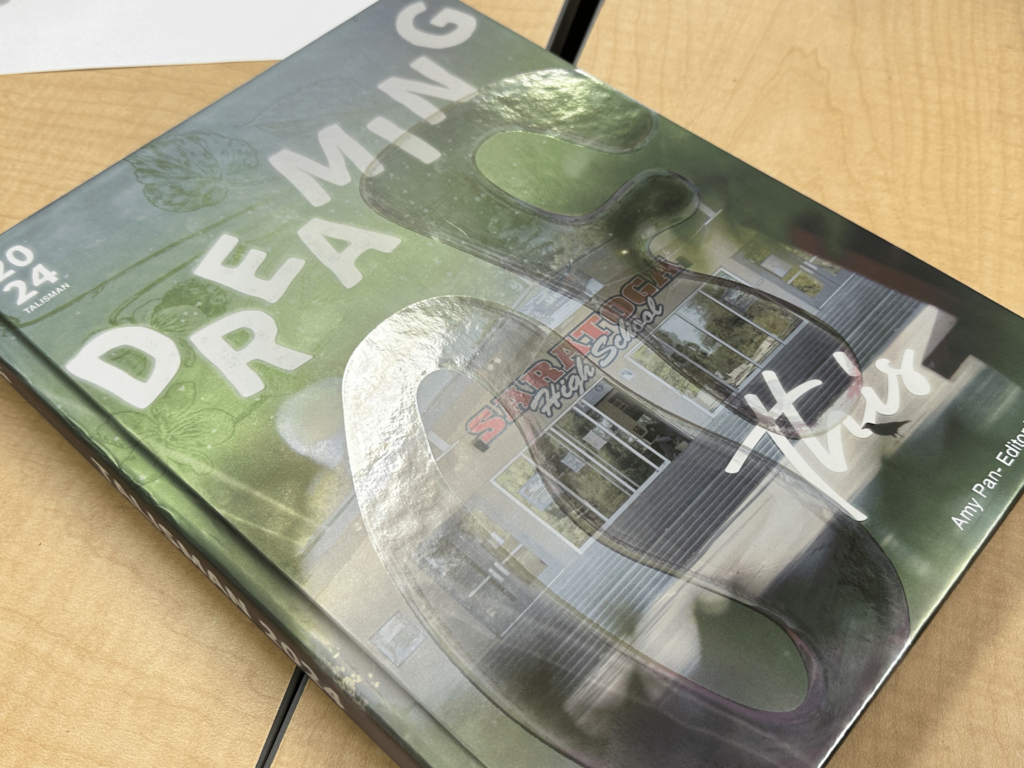Pregnancy stories, or more often, myths, are notoriously strange, although descriptions of massive bellies, aches and pains, and random cravings for foods such as pickles and chocolate are widely known to be true characteristics of a pregnancy. This fall, some students are getting a taste of what it means to carry a baby.
Continuing a tradition that goes back several years, students in Laressa Ridge’s child psychology classes had the chance to wear pregnancy vests. The vests give students a better understanding of the changes the mother’s body goes through during pregnancy.
“We do the pregnancy vests just so they can feel what [pregnancy] feels like, how it pulls on the lower back, how it’s harder to move around, just to get a hands on feel for that,” said Ridge.
The pregnancy vest is made of cloth, and the belly is a plastic sack filled with water. Because of the realistic way it is designed, the vest does induce “pregnancy” aches.
“It’s like a backpack you wear on the front,” said Ridge.
All child psychology students had an opportunity to try on a vest, but students were not required to wear them outside of the classroom. However, a select number of students decided to venture out into the world with their new bellies.
Junior Ruchie Bhardwaj was one of the students to do so, even with the additional weight.
“[The vest] was extremely uncomfortable. It weighed like 30 pounds,” said Bhardwaj. “It was definitely horrible.”
Ridge did e-mail the staff if they had wanted to see any of their students with a enlarged belly for laughs, but there was no response to whether they wanted to or not.
Nevertheless, Bhardwaj and Annie Barco, a junior who wore the vest as well, visited English teacher Natasha Richie’s room while wearing the vest for a while because they “thought Ms. Richie (who has been in the last stages of pregnancy) would appreciate it.” They drew many stares from her peers when they were walking around campus.
“When we were walking around, people were giving us really weird looks,” said Bhardwaj.
Regardless of their comedic appearance, these pregnancy vests truly do simulate the feel of a baby.
And although prenatal development is one of child psychology’s many educational prerequisites, “the vest really has made the entire child psychology class rethink having a child in the near future,” said Bhardwaj.
As a continuation of the “pregnancy,” students also cared for “babies” of their own, which are designed to simulate the needs of a real baby, for 48 hours.
“It was a lot harder than you think it is,” said junior Corinne Zelanis about caring for the baby.
Although Zelanis was given a relatively well-behaved baby, her daily schedule was still affected by the baby’s many needs.
The baby kept quiet for the most part during the day, but at night, it became fussy, often waking Zelanis up as late as one in the morning.
“It cries randomly; [you] never know what it wants,” said Zelanis. “Sometimes it really impairs your sleep.”
The heavy physical and emotional demand were draining. By the second day of the process, Zelanis felt tired, and had trouble focusing during class.
But despite the sleepness nights, being “pregnant” and caring for a “baby” gave students a valuable opportunity to walk in a parent’s moccasins, or in this case, live in them.


























